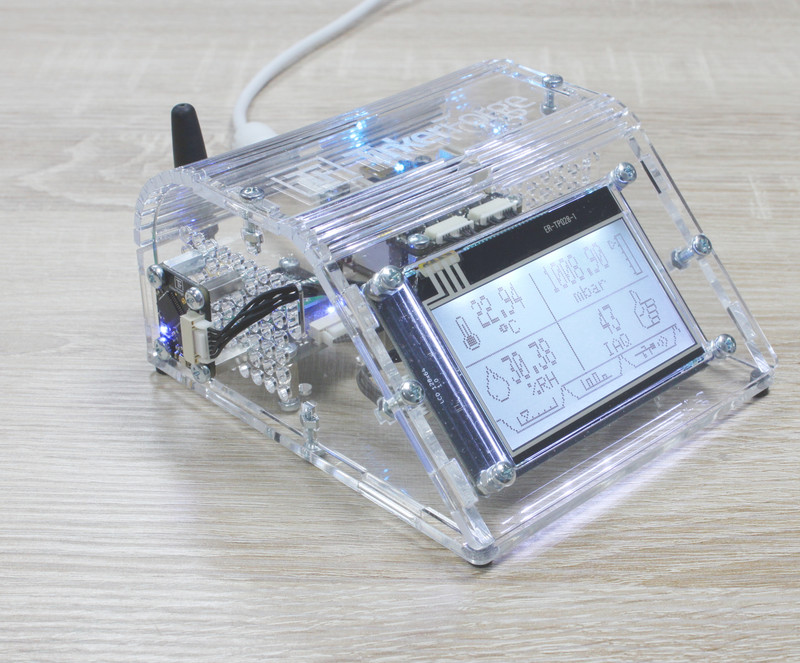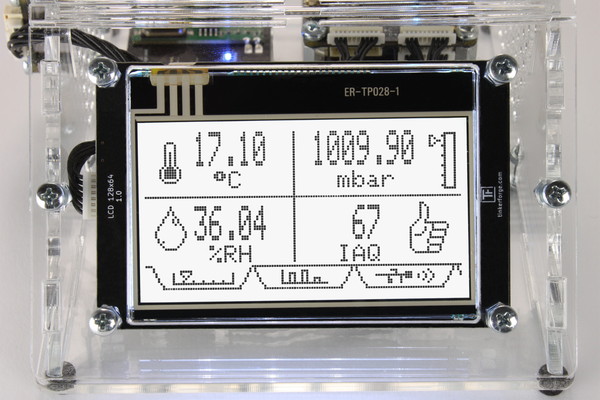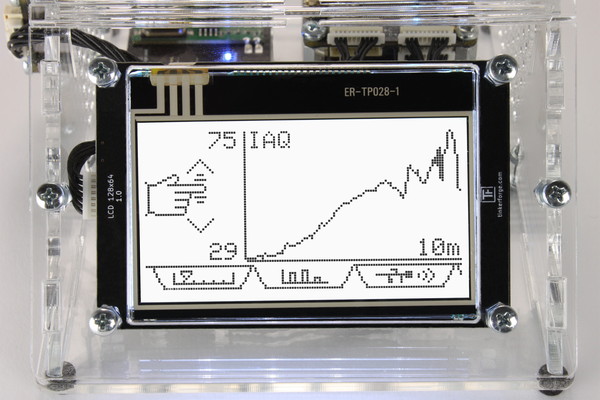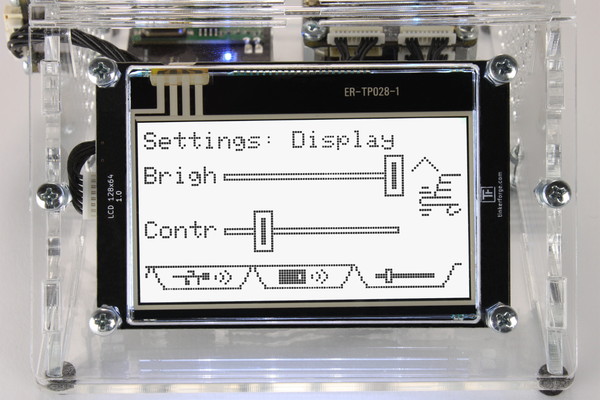We just released the new Accelerometer Bricklet 2.0.

Compared to the old Accelerometer Bricklet it of course is one of the new 7-pole connector Bricklets with co-processor.
Additionally it has a maximum data rate of up to 25.6 kHz! To be able to transfer this amount of data we implemented a continuous acceleration streaming API. It will create a stream of acceleration data that uses the full size of the packages in the Tinkerforge Protocol. The data rate is high enough to calculate a FFT on it to see specific frequencies in the vibrations.
As a test we taped an Accelerometer Bricklet 2.0 to a stepper motor. We looked at the FFT at different speeds and it is very easy to see the current revolutions/min in the FFT. By adding some imbalance to the axle we could observe the FFT changing significantly.
The Bricklet does of course still have a simple getAcceleration() API like the predecessor. Additionally you should only use a data rate that is as high as you need it to be, since the noise increases significantly with high data rates.
As a side note: We were out of Humidity Bricklet 2.0, PTC Bricklet 2.0 and Ambient Light Bricklet 2.0. They are now all in stock again (Ambient Light Bricklet 2.0 was replaced by Ambient Light Bricklet 3.0) and all backorders will be shipped today/tomorrow.


 These are now officially released. You can find the the documentation on our homepage:
These are now officially released. You can find the the documentation on our homepage: 




